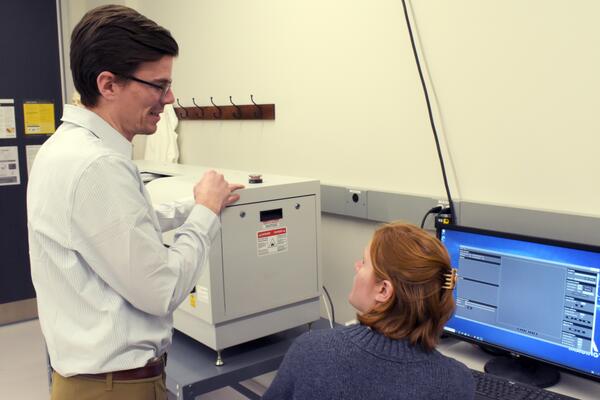
Key to improving MRI access is data-driven time management
New scheduling policies could double the number of patients able to access magnetic resonance imaging (MRI) testing within recommended waiting periods.

New scheduling policies could double the number of patients able to access magnetic resonance imaging (MRI) testing within recommended waiting periods.
By Media RelationsIn a recent study involving analysis of 3.7 million anonymous patient records and computer simulations, University of Waterloo researchers developed strategies that increased the proportion of patients receiving timely scans to 66 per cent from the current rate of 33 per cent.
“We know we can improve the system through better scheduling,” said Hossein Abouee Mehrizi, an engineering professor and Canada Research Chair in Healthcare Operations Management at Waterloo. “It really matters.”
The researchers worked with three years of data from 74 hospitals in Ontario to build computer models that optimally balance the first-come, first-served scheduling systems used by some with strict medical-priority systems used by others.
Their new strategies combine the current scheduling approaches to give patients higher priority ratings the longer they have been waiting.
Ontario hospitals aim to serve 90 per cent of patients within MRI wait-time targets, which range from one to 28 days depending on medical urgency.
In addition to doubling the number of patients tested within those targets, simulations using the balanced policies also significantly reduced particularly long waits for low-priority patients.
“The good thing about scheduling is that it’s relatively inexpensive,” said Abouee Mehrizi. “It’s not like buying another machine or hiring more staff.”
The study, based on data provided by Cancer Care Ontario, found further efficiencies could be achieved by delaying the scheduling of appointments to ensure decisions based on the most up-to-date information.
Abouee Mehrizi said the new MRI strategies could also be applied to other medical tests and procedures with wait-time targets, including cataract surgery, and hip and knee replacements.
Ongoing work at Waterloo includes more big data analysis of MRI records and refinement of a scheduling tool using the new strategies.
Abouee Mehrizi collaborated with master’s students Yangzi Jiang and Yuhe Diao.
A paper on their research, Data-driven analytics to support scheduling of multi-priority multi-class patients with wait time targets, appeared in the European Journal of Operational Research.

Read more
Equipment allows researchers to see inside tissues and medical devices

Read more
Waterloo Engineering researchers create an AI-powered digital imaging system to speed up biopsy results

Read more
Eight Waterloo researchers receive $25,000 each to develop health-tech solutions for Grand River Hospital, St. Mary’s General Hospital, Cambridge Memorial Hospital and the KW4 Ontario Health Team
The University of Waterloo acknowledges that much of our work takes place on the traditional territory of the Neutral, Anishinaabeg and Haudenosaunee peoples. Our main campus is situated on the Haldimand Tract, the land granted to the Six Nations that includes six miles on each side of the Grand River. Our active work toward reconciliation takes place across our campuses through research, learning, teaching, and community building, and is co-ordinated within the Office of Indigenous Relations.